Maximilian Ernst Tschuchnig
Multi-task Learning To Improve Semantic Segmentation Of CBCT Scans Using Image Reconstruction
Dec 20, 2023Abstract:Semantic segmentation is a crucial task in medical image processing, essential for segmenting organs or lesions such as tumors. In this study we aim to improve automated segmentation in CBCTs through multi-task learning. To evaluate effects on different volume qualities, a CBCT dataset is synthesised from the CT Liver Tumor Segmentation Benchmark (LiTS) dataset. To improve segmentation, two approaches are investigated. First, we perform multi-task learning to add morphology based regularization through a volume reconstruction task. Second, we use this reconstruction task to reconstruct the best quality CBCT (most similar to the original CT), facilitating denoising effects. We explore both holistic and patch-based approaches. Our findings reveal that, especially using a patch-based approach, multi-task learning improves segmentation in most cases and that these results can further be improved by our denoising approach.
Sequential IoT Data Augmentation using Generative Adversarial Networks
Jan 13, 2021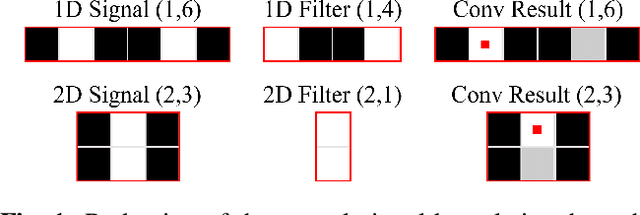
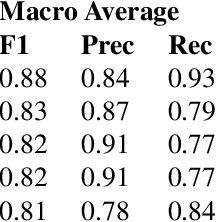
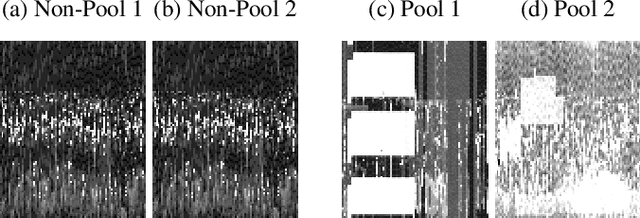
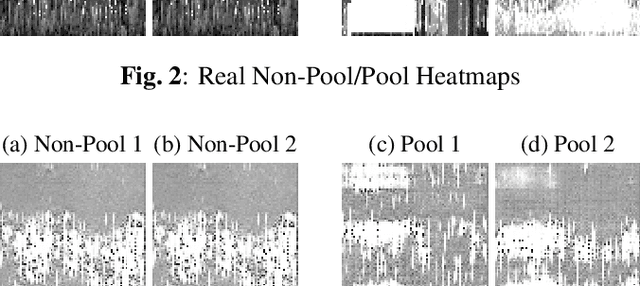
Abstract:Sequential data in industrial applications can be used to train and evaluate machine learning models (e.g. classifiers). Since gathering representative amounts of data is difficult and time consuming, there is an incentive to generate it from a small ground truth. Data augmentation is a common method to generate more data through a priori knowledge with one specific method, so called generative adversarial networks (GANs), enabling data generation from noise. This paper investigates the possibility of using GANs in order to augment sequential Internet of Things (IoT) data, with an example implementation that generates household energy consumption data with and without swimming pools. The results of the example implementation seem subjectively similar to the original data. Additionally to this subjective evaluation, the paper also introduces a quantitative evaluation technique for GANs if labels are provided. The positive results from the evaluation support the initial assumption that generating sequential data from a small ground truth is possible. This means that tedious data acquisition of sequential data can be shortened. In the future, the results of this paper may be included as a tool in machine learning, tackling the small data challenge.
Generative Adversarial Networks in Digital Pathology: A Survey on Trends and Future Potential
May 07, 2020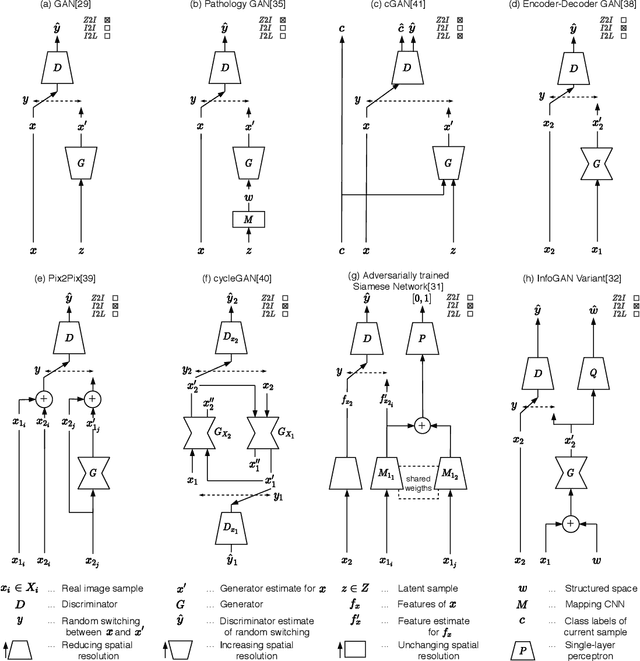
Abstract:Image analysis in the field of digital pathology has recently gained increased popularity. The use of high-quality whole slide scanners enables the fast acquisition of large amounts of image data, showing extensive context and microscopic detail at the same time. Simultaneously, novel machine learning algorithms have boosted the performance of image analysis approaches. In this paper, we focus on a particularly powerful class of architectures, called Generative Adversarial Networks (GANs), applied to histological image data. Besides improving performance, GANs also enable application scenarios in this field, which were previously intractable. However, GANs could exhibit a potential for introducing bias. Hereby, we summarize the recent state-of-the-art developments in a generalizing notation, present the main applications of GANs and give an outlook of some chosen promising approaches and their possible future applications. In addition, we identify currently unavailable methods with potential for future applications.
 Add to Chrome
Add to Chrome Add to Firefox
Add to Firefox Add to Edge
Add to Edge